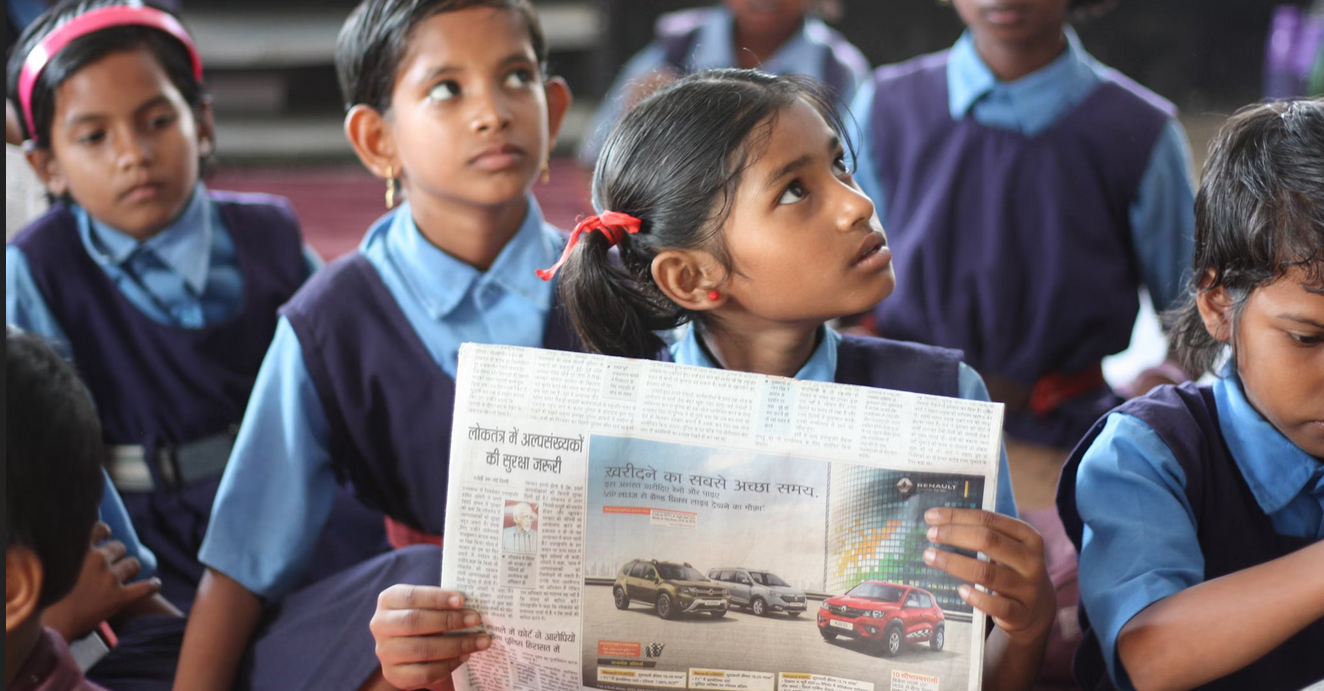
Experienced UIUC graduate student specializing in Math, Computer Science, and Writing
Availability:
Every day, 10:00am-10:00pm PST
Subjects:
Math
Computer Science
Writing
Remote Learning is a Game-Changer for Global Education
Last Updated:

- While most Americans are dissatisfied with the quality of US public education, Finland's education is highly praised for a very different structure.
- Many teachers complain about worse behavioral issues and stunted social skills as a result of the disruption to student lives
- The relief funds provided by the federal government are expiring September 2024, so many efforts to fix achievement gaps will no longer continue
When you hear “remote learning,” you might still get flashbacks to the trauma of COVID pandemic quarantines when schools and teacher plans were completely disrupted.
Before the pandemic, only 21% of public schools offered any courses entirely online. During the pandemic, 77% of public schools used remote learning for some or all of their classes, with 96% of them providing digital devices to the students who needed them.
How did Remote Learning Go During the Pandemic?
Some Hated It
The sudden need to adapt lessons to a remote format threw a lot of students, teachers, and parents off their plans. Many teachers were forced to use YouTube videos to fill in for lessons that would have been interactive or group-based. In fact, surveys showed that even the best students lost up to 9 weeks of instruction based on declining test scores.
Studies found that the pandemic affected student performance through academic, motivational, and socio-emotional factors, leading to more disorganization, increased pressure to meet academic standards, and behavioral changes. If you know teachers, you may have heard them complain about a lot of students acting totally disengaged with their education and even the world at large after the pandemic.
However, these problems inspired online learning solutions that remain relevant today, with more families than ever choosing to pursue alternatives to conventional schooling with hybrid or completely online learning platforms like microschools or homeschooling platforms.
Some Saw a Lot of Benefits
Despite the rocky launch of online learning programs during the pandemic, many families realized they enjoyed some of the benefits of doing education online, especially as public schools are struggling to personalize education for a students’ needs and may have an incompatible environment with some students.
In 2019, 2.4 million students were pursuing their education online only, which grew to 7 million by the start of the pandemic.
In 2021, 40 million people signed up for at least one massive open online course (MOOC) each year, which grew to 220 million by the next year.
80% of students credit online learning platforms with improving their grades, with 85% saying critical thinking and problem-solving are the areas they saw the most improvement in. Some students say their study time decreased by up to 60%. 2 in 5 US graduate students prefer online education to the traditional experience of a college lecture hall.
What does Remote Learning Offer?
Personalized Learning Environment
Online students have the flexibility to learn when they’re in the most comfortable time and place, which can make a big difference since 40% of school facilities in the US do not meet minimum safety and health standards. Other reasons that students enjoy online learning include physical or mental health, flexibility in learning styles, and avoiding hostile environments involving bullying.
Some students are simply better at directing their own learning habits. I took an online history class back in high school so I could have more room in my schedule at Amador Valley High School for another Advanced Placement class, boosting my GPA. History was already a personal interest of mine and I was heavily involved in extracurriculars involving law and policy, so I felt confident about handling a course myself.
Increased Equitable Access
Students in developing and marginalized communities around the world can gain more access to educational materials through online platforms and courses. India, Mexico, Brazil, and China have the most students that joined online platforms, after the United States as the biggest providers. At a time when technology and the economy are changing so rapidly, students and workers around the world are concerned about upskilling themselves.
The platforms and tools that are made for students in developed countries to personalize their education can be easily repurposed for helping communities that lack strong ties to formal academic systems. As part of my Master’s in Computer Science program at the University of Illinois Urbana-Champaign, I’ve taken Artificial Intelligence courses that have a Coursera version made in partnership with the professors and their in-person syllabus.
Every time a new cutting-edge technology is made, there are initially just a handful of experts who can properly understand and explain the concepts. It takes a while to develop new educational material and train instructors to deliver it (as well as funding), so online platforms can be a highly effective way for people to start learning.
Everything Has Limitations
It’s worth noting that with remote learning, students still need a support network with community support that involves social dynamics so they can learn interpersonal soft skills as well. Many of those on the homeschool or microschool path have small cohorts where families and communities play more active roles in making schools work.
Also, online learning platforms can vary a lot in quality. Some have ideological or religious beliefs that may not be compatible with everyone, and some states don’t regulate online options strictly, so it’s important to do your due diligence when deciding if a platform might be right for you.
Related Articles

CA Prop 2: Borrowing $10 Billion to Repair Public Schools

Finland's Education System Succeeds Because of Equity and Diversity

UN Initiatives Paint Optimistic Picture For Girls' Education

Pleasanton Mayoral Candidates Square off Over 10 Key Issues
